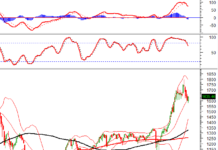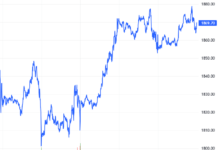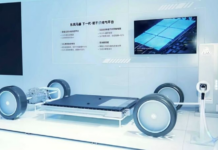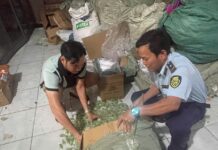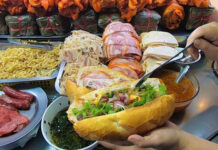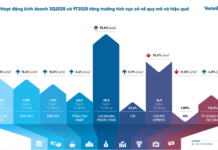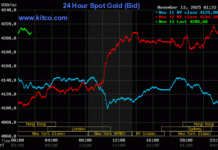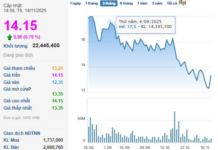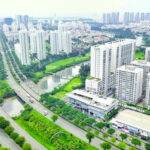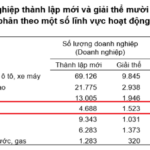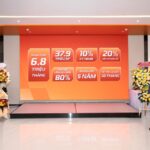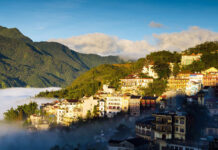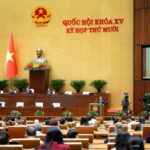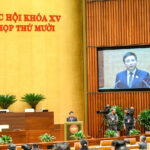Over the past few years, the Eastern region of Ho Chi Minh City has consistently led the apartment market in both liquidity and price growth. The latest report from Batdongsan.com.vn highlights that the supply of apartments in HCMC during Q3/2025 is heavily concentrated in Thu Duc City (formerly known as Thu Duc District), with approximately 11,800 units.
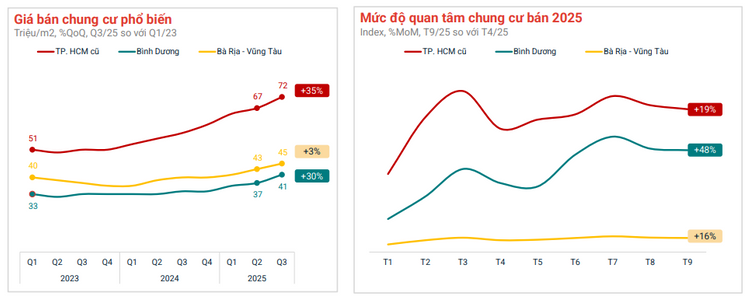
Apartments in HCMC have seen robust growth over the past two years, with the Eastern region consistently ranking among the highest growth areas.
Experts attribute the Eastern region’s real estate boom primarily to its infrastructure development, which has been the driving force behind the market’s growth over the past four years.
“The Eastern region of HCMC is not only the new administrative center but also a strategic area in the city’s real estate development plan. With rapid infrastructure advancements, particularly the Metro Line 1, housing demand here has surged significantly. This is a key growth driver for the entire real estate market,” noted Knight Frank Vietnam.
Statistics reveal that out of over 200 transportation infrastructure projects totaling VND 350 trillion allocated for HCMC, 70% are focused on the Eastern region to enhance its transportation network, thereby boosting the potential of the local real estate market, especially projects in the new city center.
In recent years, the Eastern region’s infrastructure has received substantial investment and rapid implementation, positioning it as a central hub connecting key economic regions in the South.

The 6.7 km Lien Phuong Road has officially opened, marking a significant milestone in the Eastern region’s transportation network.
Notable projects include the operational Metro Line 1 and the recently inaugurated Lien Phuong Road, a vital artery connecting the Eastern region. Spanning 6.7 km, Lien Phuong Road links Nguyen Duy Trinh and passes through The Global City, reshaping the Eastern gateway’s traffic dynamics. This new route significantly shortens the distance from the Lien Phuong – Do Xuan Hop intersection to the Cat Lai junction, alleviating pressure on the An Phu intersection, HCMC’s largest.
Other critical infrastructure projects, such as the An Phu intersection, Ring Road 3, and Long Thanh International Airport, are accelerating toward completion by 2026. These developments are poised to transform the Eastern region into a major growth hub for the city.

The An Phu intersection, HCMC’s largest, has been completed, reducing congestion in the Eastern region.
According to experts, the Eastern region has long attracted real estate investment. However, this trend has intensified with the announcement of its master plan to become a Type I urban area and an international financial center, expected to contribute 30% to HCMC’s GRDP by 2030. By 2030, the area is projected to house 20,000 high-skilled engineers, experts, and workers, with a population of 1.5–1.8 million, reaching 2.6 million by 2040.
The city’s vision and planning are driving demand for high-end real estate, including apartments, villas, and modern office buildings, particularly in mixed-use developments. This demand is fueled by the growing middle and high-income classes, increased foreign investment, and a rising preference for modern living spaces.
To meet this demand, developers are launching new projects, such as luxury apartments, townhouses, and garden villas, within integrated urban areas featuring education, shopping, entertainment, and healthcare amenities. New urban developments along key transportation routes, in central areas, near the international airport, high-tech zones, and university villages, are emerging as attractive investment opportunities for both individual buyers and investors.

The Eastern region continues to welcome major projects entering the market.
Among these, The Global City stands out as a 117.4-hectare international-standard integrated urban area in Binh Trung Ward, the new center of HCMC. It is poised to become a vibrant, prosperous symbol of Vietnam, expected to attract nearly 150,000 daily visitors for living, working, trading, and entertainment.
Assessing the Eastern region’s exceptional potential, Assoc. Prof. Dr. Tran Dinh Thien noted that the area will boast a modern, interconnected infrastructure network, serving as a hub linking two international airports, an elevated railway, and a seaport.
Dr. Thien emphasized that the approved master plan for Thu Duc City (formerly Thu Duc District) by 2040 aims to develop the Eastern region into a creative, highly interactive urban area. It will lead HCMC’s economy through knowledge-based activities, establish itself as a national financial center, and aspire to become an international hub.
Echoing this sentiment, Dr. Nguyen Van Dinh, Vice Chairman of the Vietnam Real Estate Association, highlighted that infrastructure is the “safeguard for safe, healthy market development.” Areas with advanced transportation infrastructure unlock golden opportunities for real estate. The Eastern region exemplifies this, with its market poised to boom as infrastructure investments surge.
Real Estate Market Welcomes Positive News
In the first 10 months of 2025, nearly 4,700 new real estate businesses were established, marking a 20.3% increase compared to the same period last year.
Ho Chi Minh City Enters Peak Season for Year-End Promotions and Incentives
To sustain its growth momentum and boost consumption, Ho Chi Minh City is actively partnering with and implementing various support measures for businesses.

